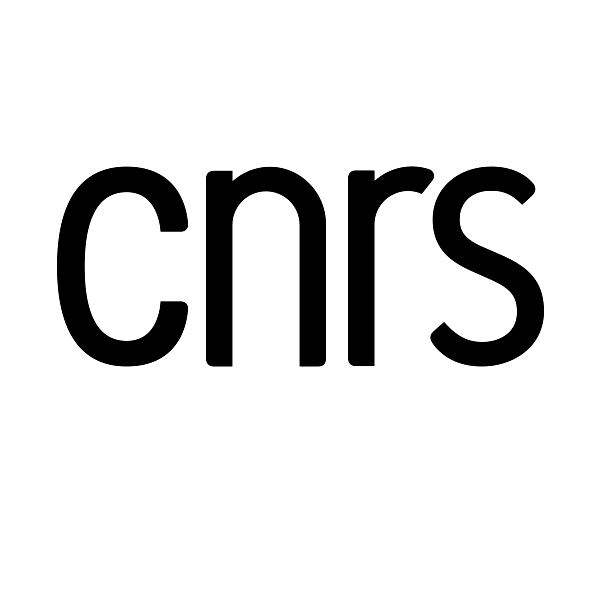Le 1er juillet 2017
de 9h00 à 9h30
Le Patio (université de Strasbourg)
22 rue René Descartes, 67000 Strasbourg
salle 3204
Séance - Counterpoint and Composition in Europe during the 17th and 18th Centuries
Pré-acte / Acte
Auteur : Evgeny Vorobyov
The wave of migration from Polish–Lithuanian Commonwealth and Cossack Hetmanate in 1650-1670s established a polyphonic tradition of choral motets (concertos) and liturgic cycles in Russia. Limited access to European music and theory lead to conservation of musical models, until the new musical modernization in mid-18th century downgraded their status. Composer Mikołay Dilecki wrote a handbook in Vilnius in Polish c.1675 (now lost), then moved to Russia, where he wrote other versions. He presents two tony, Ut and Re. They are governed by the final cadence and the first chord (in most cases) and have ethic characteristics: merry and sad respectfully. The third ethos, mixed, is revealed by change of ton and its interaction with rhythm. His theory can be interpreted in light of major-minor tonality. However, in his music Dilecki followed several tonal types, rooted in catholic music of his predecessors. The absorption of Dilecki’s theoretical ideas into Russian handbooks shows the lack of conceptual continuity. His ton theory was disassembled. The local type of compositional manual, “Examples of creation”, consisted of excepts from music of renowned authors or written specially for students’s use. Devoid of any theoretical commentary, it reveals the most basic orientation on imitation of existing musical models. Dilecki’s tonal types would be still in use in the mid-18th century. However, they show sings of disintegration rather early, not least because of the lack of strong discourse of tonal unity and understanding of composition as a succession of model-based periods, advocated by florilegia-type thinking.







